Study on the Formulation and Characterization of a Photoprotective Cream Containing a New Synthetized Compound
Abstract
:Introduction
Materials and Methods
- -
- one new organic filtering photoprotective substance previously obtained according to the reference method encapsulated in the form of NLCs, in 2% dose;
- -
- two inorganic screen photoprotective substances: titanium dioxide coated with alumina and silicon (titanium dioxide M170) and zinc oxide which acts on the entire UVA and UVB spectrum;
- -
- vegetal oils: grape seed oil (contains important amounts of vitamins E and F, minerals: zinc, copper, selenium, and above all, the procyanidins which are antiaging agents 50 times stronger than vitamin E and C), olive oil (consisting mainly of fatty acids), sea buckthorn seed oil (extracted from Hippophae rhamnoides seeds, is rich in bioactive substances as carotenoids, flavonoids, vitamins A, C, E, B1, B2, K and PP, as well as microelements, essential fatty acids and phytosterols);
- -
- vegetal extracts: Chamomile extract (bisabolol and matricine are wound healing, anti-inflammatory and antiallergic agents), Rosemary extract (antioxidative, antimicrobial, anti-inflammatory and anti-aging properties, inhibits the oxidation of polyunsaturated fatty acids in membranes),
- -
- natural antioxidants: vitamins A, E, and C;
- -
- natural products having a slight photoprotective, a hydrating and emollient actions like allantoin and shea butter [10];
- -
- cyclopentasiloxane and cyclohexasiloxane are silicon- based compounds with emollient and lubricant properties. After their use, the skin remains soft, with a silky texture, due to the fact that it forms a seal or barrier on the skin. This barrier protects against transepidermal water loss. Usually they are used in combination to assure a better function as carrying and wetting agents. They have no known side effects;
- -
- viscosity modifying agents; preservatives, natural perfumed composition.
Discussions
Conclusions
Conflict of interest disclosure
Compliance with ethical standards
References
- Bury, D.; Brüning, T.; Koch, H.M. Determination of metabolites of the UV filter 2-ethylhexyl salicylate in human urine by online-SPE-LC-MS/MS. J Chromatogr B Analyt Technol Biomed Life Sci. 2019, 1110–1111, 59–66. [Google Scholar] [CrossRef] [PubMed]
- Ochoa, R. Haschek, W.M., Rousseaux, C.G., Wallig, M.A., Eds.; Haschek and Rousseaux’s Handbook of Toxicologic Pathology, 3rd ed.; Academic press: Cambridge, MA, USA, 2013; pp. 595–618. [Google Scholar]
- Mănescu, I.G.; Badea, G.; Iscrulescu, L.; Iovu, M.; Balaci, T. Incorporation of new benzimidazole compounds into lipid nanostructures in order to obtain photoprotective formulations. Farmacia 2015, 63, 518–525. [Google Scholar]
- Sbora, R.; Budura, E.A.; Niţulescu, G.M.; Balaci, T.; Lupuleasa, D. Preparation and characterization of inclusion complexes formed by avobenzone with β- cyclodextrin, hydroxypropyl-β-cyclodextrin and hydroxypropyl-α-cyclodextrin. Farmacia 2015, 63, 548–555. [Google Scholar]
- Jaiswal, P.; Gidwani, B.; Vyas, A. Nanostructured lipid carriers and their current application in targeted drug delivery. ArtiCells Nanomed Biotechnol. 2016, 44, 27–40. [Google Scholar] [CrossRef] [PubMed]
- Dărmănescu, D.; Mihele, D.; Dogaru, E.; Cocu, F. Experimental evaluation of some biochemical parameters after administration of fatty acids ethanolamides from extra virgin olive oil in rats. Farmacia 2010, 58, 228–236. [Google Scholar]
- Mititelu, M.; Moroşan, E.; Iosif, M.; Ioniţă, E.I. Analisys of qulity of different types of honey from various sources. Proceedings of The Romanian National Congress of Pharmacy–17th Edition, “21st Century Pharmacy–Between Intelligent Specialization and Social Responsibility”; Filodiritto Editore–Proceedings 2018; pp. 84–87. [Google Scholar]
- Mantena, S.K.; Katiyar, S.K. Grape seed proanthocyanidins inhibit UV-radiation-induced oxidative stress and activation of MAPK and NF- kappaB signaling in human epidermal keratinocytes. Free Radic Biol Med. 2006, 40, 1603–1614. [Google Scholar] [CrossRef] [PubMed]
- Georgescu, S.R.; Tampa, M.; Paunica, S.; et al. Distribution of post-finasteride syndrome in men with androgenic alopecia. J. Investig. Dermatol. 2015, 135 (Suppl. S2), S40. [Google Scholar]
- Perianu, L.; Khafaf, B.; Nițulescu, G.M.; Iacob, D.; Iovu, M. Microwave-assisted Synthesis of 2-p-Amino- Salicyloxyacetanilides. REV. CHIM. (Bucharest). 2010, 61, 562–564. [Google Scholar]
- Hovaneţ, M.V.; Oprea, E.; Ancuceanu, R.V.; Duţu, L.E.; Budura, E.A.; Şeremet, O.; Ancu, I.; Moroşan, E. Wound healing properties of Ziziphus jujuba mill. Leaves. Rom. Biotechnol. Lett. 2016, 21, 11842–9. [Google Scholar]
- Motofei, I.G.; Rowland, D.L.; Baconi, D.L.; et al. Androgenetic alopecia; drug safety and therapeutic strategies. Expert Opin Drug Saf. 2018, 17, 407–412. [Google Scholar] [CrossRef]
- Dimcevici Poesina, N.; Bălălău, C.; Bârcă, M.; et al. Testicular histopathological changes following sodium fluoride administration in mice. Rom J Morphol Embryol. 2013, 54, 1019–1024. [Google Scholar] [PubMed]
- del Pozo Carrascosa, A.; Suñé Negre, J.M.; Faulí Trillo, C. Diseño de los modelos matemáticos que rigen los fenómenos de extensibilidad de pomadas [Design of mathematical models of ointment extensibility]. Boll Chim Farm. 1987, 126, 330–335. [Google Scholar] [PubMed]
- Popa, E.A.; Popovici, I.; Braha, S.L. Popovici, I., Lupuleasa, D., Eds.; Forme farmaceutice bioadezive, cap. XXIX. In Tehnologie Farmaceutică; 2008; Volume 2, pp. 742–749. [Google Scholar]
- Ostwald, W. Ueber die rechnerische darstellung des strukturgebietes der viskositat. Kolloid-Z. 1929, 47, 176–187. [Google Scholar] [CrossRef]
- Motofei, I.G.; Rowland David LBaconi, D.L.; et al. Therapeutic considerations related to finasteride administration in male androgenic alopecia and benign prostatic hyperplasia. Farmacia 2017, 65, 660–666. [Google Scholar]
- Shapovalov, V.M. On the Applicability of the Ostwald–De Waele Model in Solving Applied Problems. J Eng Phys Thermophy. 2017, 90, 1213–1218. [Google Scholar] [CrossRef]
- Bălălău, C.; Voiculescu, S.; Motofei, I.; Scăunașu, R.V.; Negrei, C. Low dose tamoxifen as treatment of benign breast proliferative lesions. Farmacia 2015, 63, 1028–1036. [Google Scholar]
- Diffey, B.; Robson, J. A new substrate to measure sunscreen protection factors throughout the ultraviolet spectrum. J Soc Cosmet Chem. 1989, 40, 127–133. [Google Scholar]
- Gavriloaia, M.R.; Budura, E.A.; Toma, C.C.; Mitu, M.A.; Karampelas, O.; Arama, C.; Lupuleasa, D. In vitro evaluation of diffusion and rheological profiles for dexamethasone inclusion complexes with β- cyclodextrin or hydroxypropyl β-cyclodextrin. Farmacia 2012, 60, 895–904. [Google Scholar]

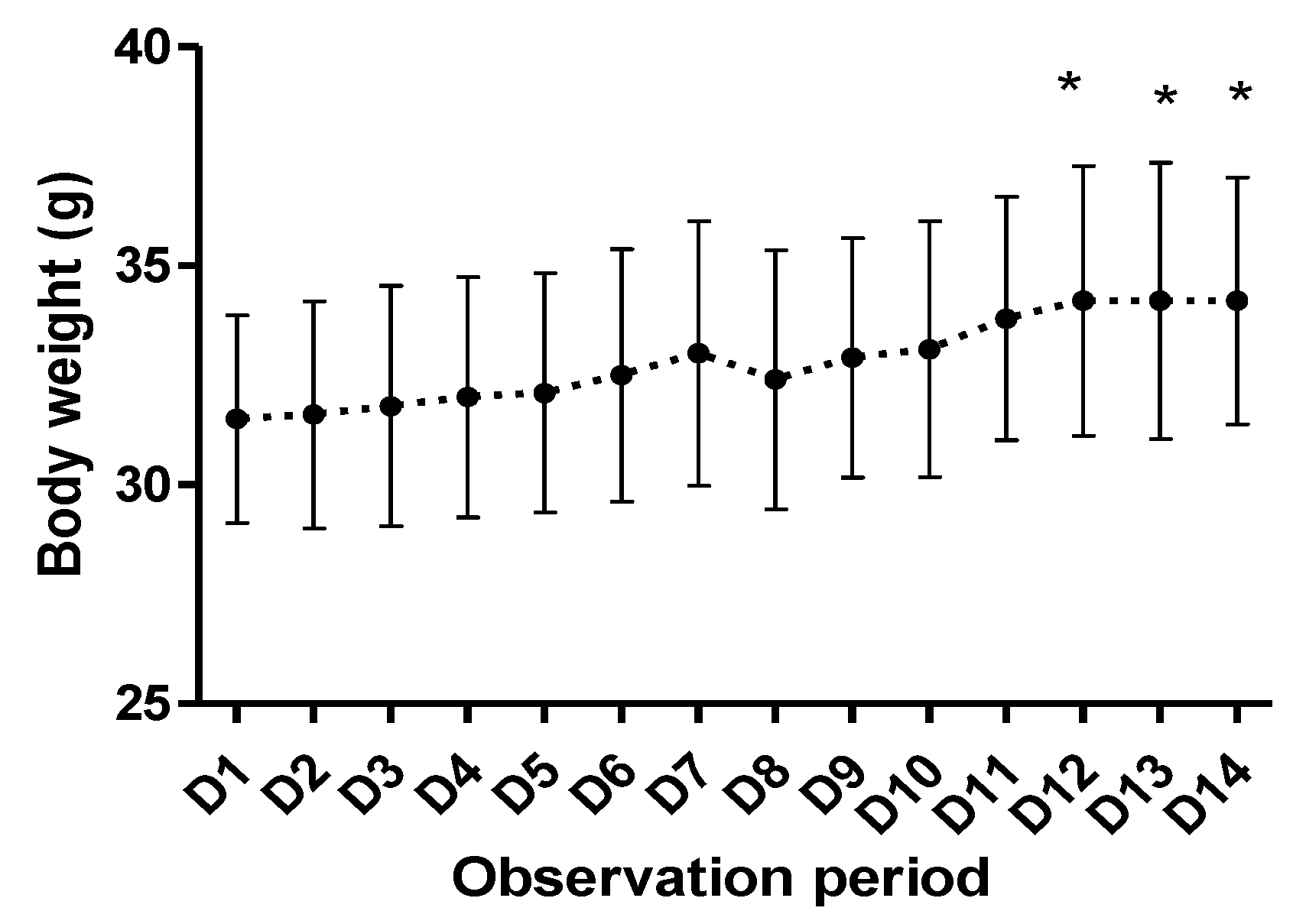
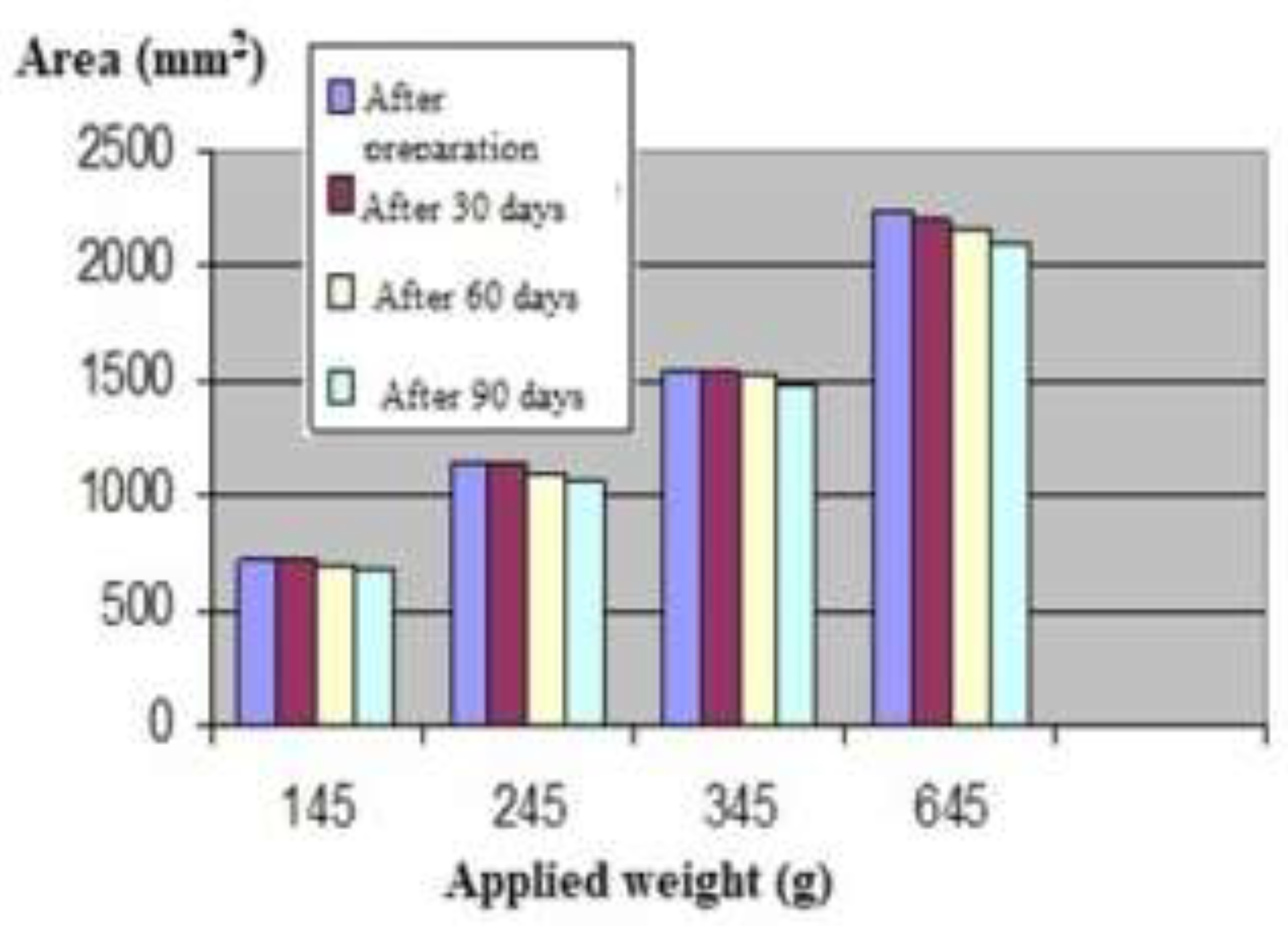
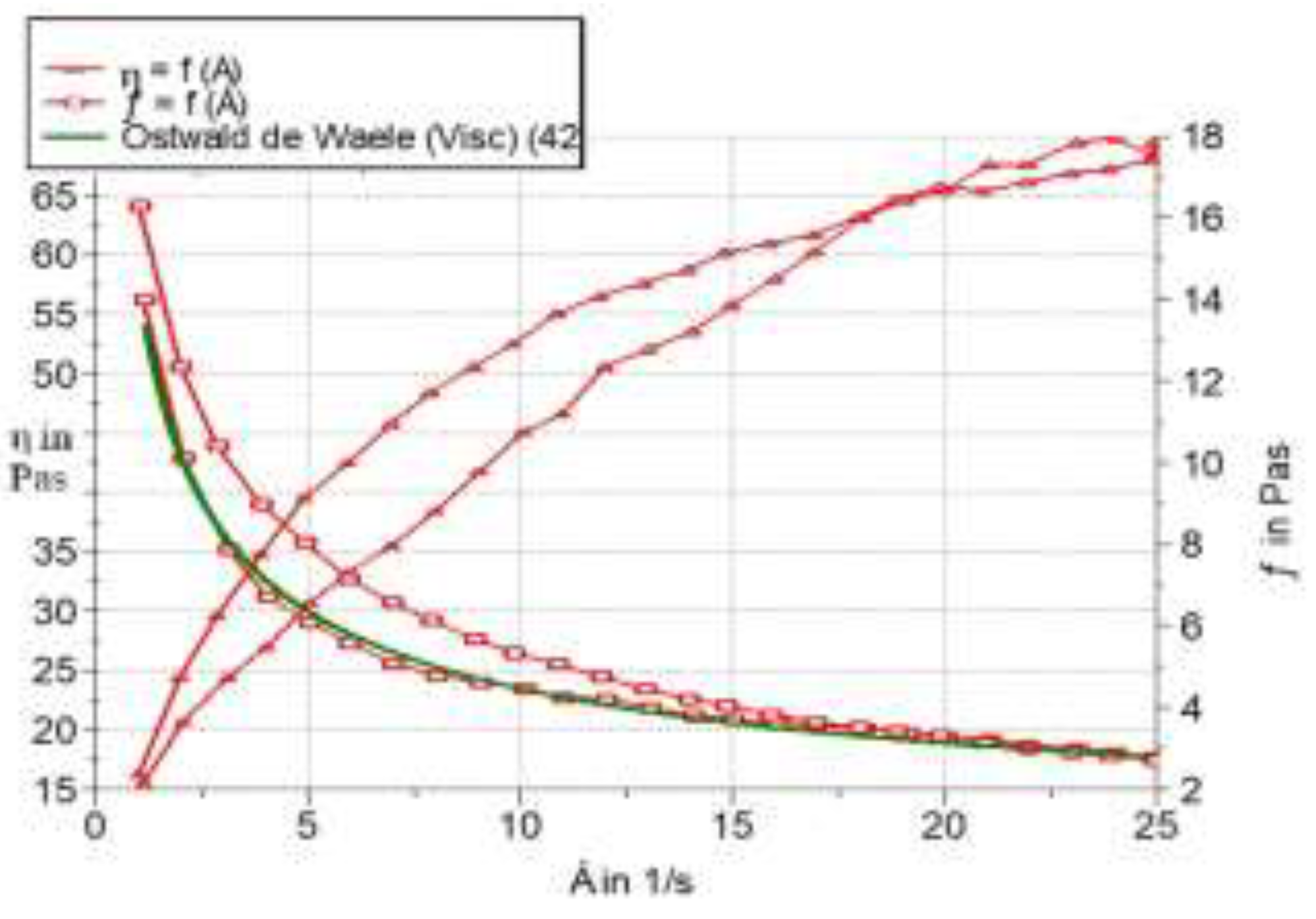
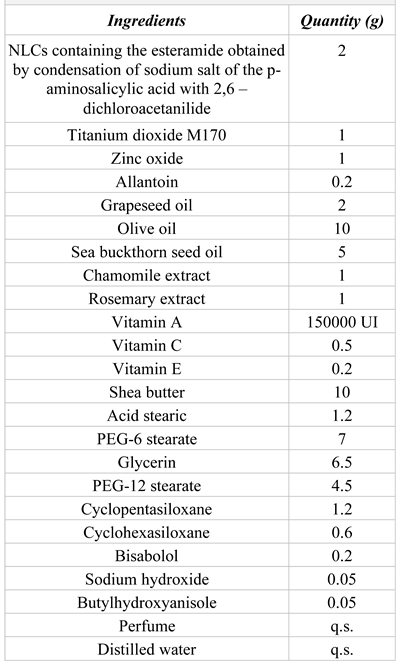 |
 |
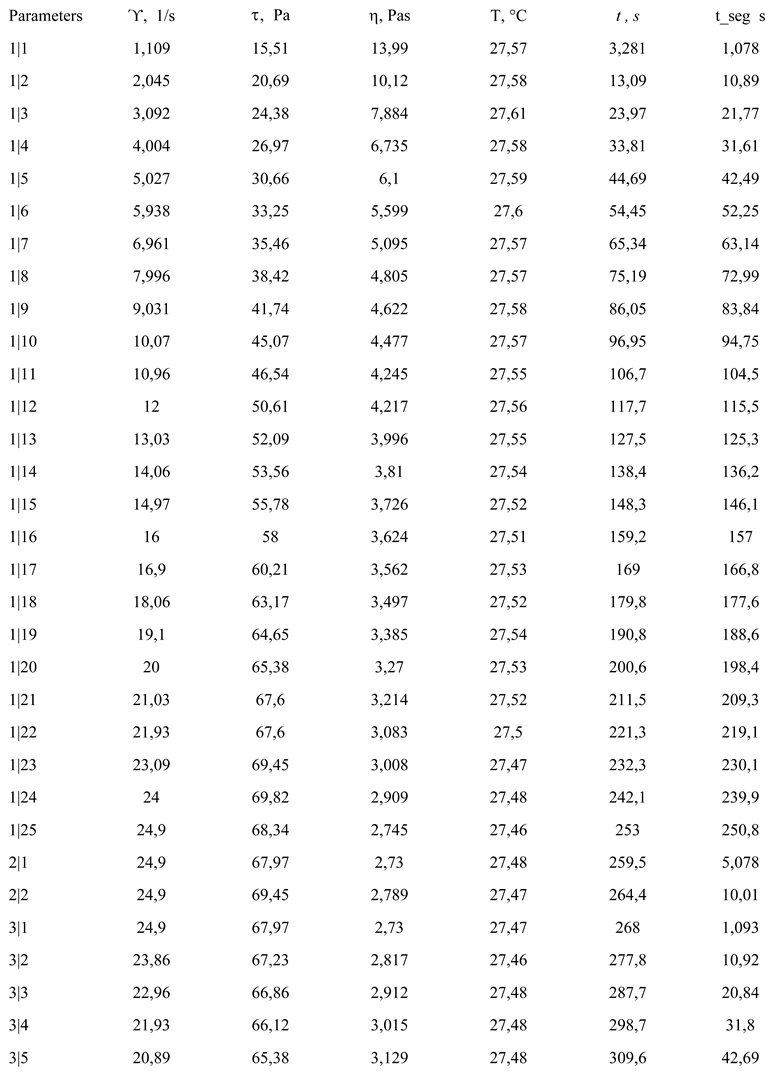 |
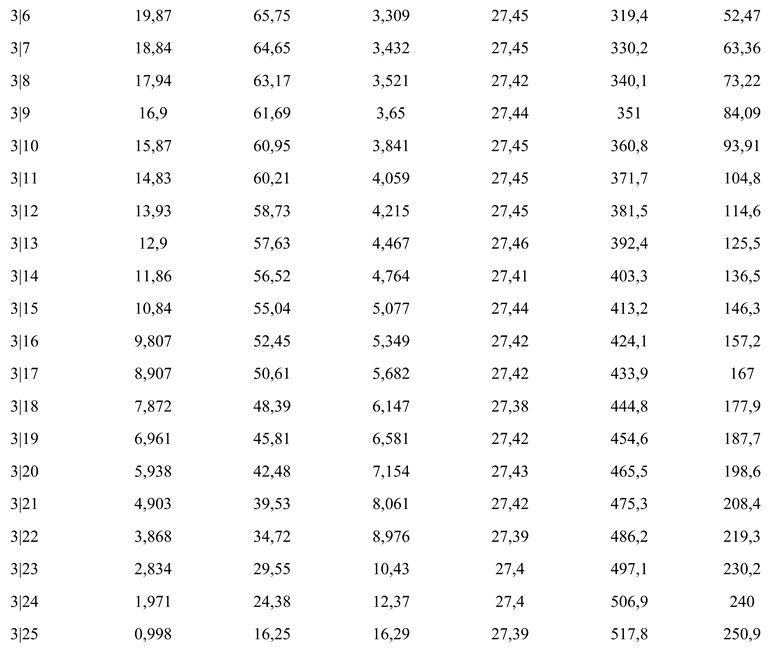 |
© 2020 by the authors. 2020 Teodora Dalila Balaci, Emma Adriana Ozon, Daniela Luiza Baconi, Georgiana Nițulescu, Bruno Velescu, Cristian Bălălău, Ioana Păunică, Cătălina Ancuța Fița
Share and Cite
Balaci, T.D.; Ozon, E.A.; Baconi, D.L.; Nițulescu, G.; Velescu, B.; Bălălău, C.; Păunică, I.; Fița, C.A. Study on the Formulation and Characterization of a Photoprotective Cream Containing a New Synthetized Compound. J. Mind Med. Sci. 2020, 7, 193-200. https://doi.org/10.22543/7674.72.P193200
Balaci TD, Ozon EA, Baconi DL, Nițulescu G, Velescu B, Bălălău C, Păunică I, Fița CA. Study on the Formulation and Characterization of a Photoprotective Cream Containing a New Synthetized Compound. Journal of Mind and Medical Sciences. 2020; 7(2):193-200. https://doi.org/10.22543/7674.72.P193200
Chicago/Turabian StyleBalaci, Teodora Dalila, Emma Adriana Ozon, Daniela Luiza Baconi, Georgiana Nițulescu, Bruno Velescu, Cristian Bălălău, Ioana Păunică, and Cătălina Ancuța Fița. 2020. "Study on the Formulation and Characterization of a Photoprotective Cream Containing a New Synthetized Compound" Journal of Mind and Medical Sciences 7, no. 2: 193-200. https://doi.org/10.22543/7674.72.P193200
APA StyleBalaci, T. D., Ozon, E. A., Baconi, D. L., Nițulescu, G., Velescu, B., Bălălău, C., Păunică, I., & Fița, C. A. (2020). Study on the Formulation and Characterization of a Photoprotective Cream Containing a New Synthetized Compound. Journal of Mind and Medical Sciences, 7(2), 193-200. https://doi.org/10.22543/7674.72.P193200



